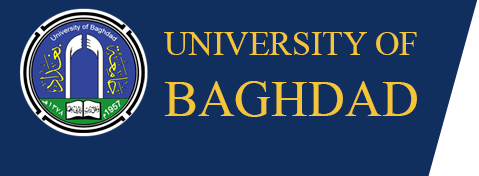Inventor: Assist. Prof. Dr. Hala Abdul Hafiz Abdul Razzaq al-Jubouri/Institute of Genetic Engineering and Biotechnology for Postgraduate Studies, University of Baghdad
Abstract
Samples of soil were obtained from the middle governorates of Iraq, notably, Baghdad, Diala, and Babylon. The samples were belonged to the soil of different animals and different plants roots rhizosphere. They were transferred under sterile procedures of Polyangium cellulosum bacteria.
One isolate of Polyangium cellulosum that showed antifungal effect was used to study the ideal conditions for the production of antifungal compounds. The results showed that shaking at 200rpm, temperature at 30C and pH of 7 were the ideal conditions of antifungal production. Growth media (Casiton-yeast extract) was modified, for the purpose of improving antibiotic production; by changing its contents. Glucose, soluble starch, and cellulose powder (glucose concentration 2 g/L) were the best nitrogen source. Moreover, the ability of this isolate to produce antibiotic during fermentation process was also studied. It has been found that the pH of the medium during growth phases was initially dropped, and then it elevated. This indicated that the isolated was consumed the carbon source slowly during primary phase of fermentation. The best incubation period was 168hrs and the inoculum volume 1 ml.
For ion-Exchange Chromatography was used to purify the biologically active metabolites. It ran on DEAE-Cellulose column by two eluted solutions; methanol 60% and methanol 100%. The active fractions were collected and measured assured absorbance at 254nm.Only one peak was demonstrated with the first elution, while four peaks were recovered (I,II,III, IV) during the second elution. The later peaks showed antifungal effects at different series of dilutions. High Performance Liquid Chromatography (HPLC) was considered to detect the recovered substances at 254nm. By this technique, several peaks were recovered with different retention times. This observation gave an idea about the presence of several derivatives. UV-Scanning of filtrate revealed a significant increase in the absorbance optic density at 280nm, this observation suggested the effect of Fraction IV on fungus permeability, also the fraction I inhibited the mitosis process of grown root tip of onion indicated by decrease mitotic index.

